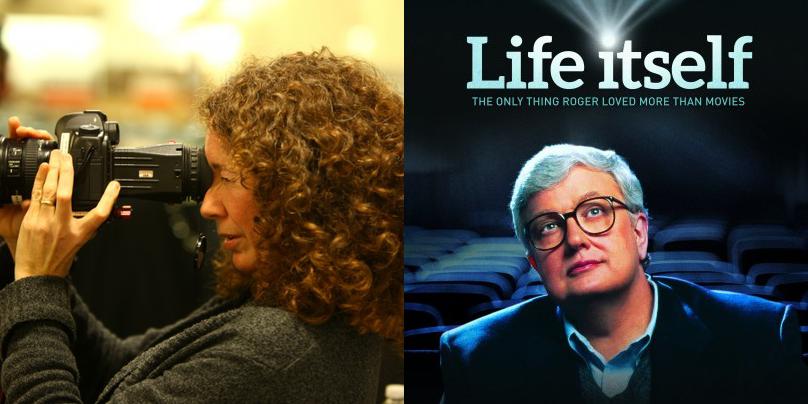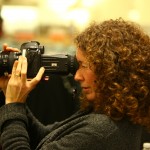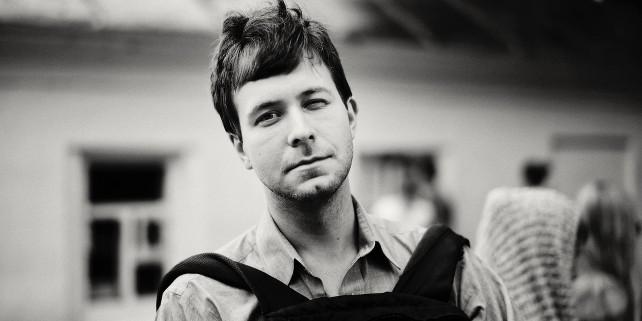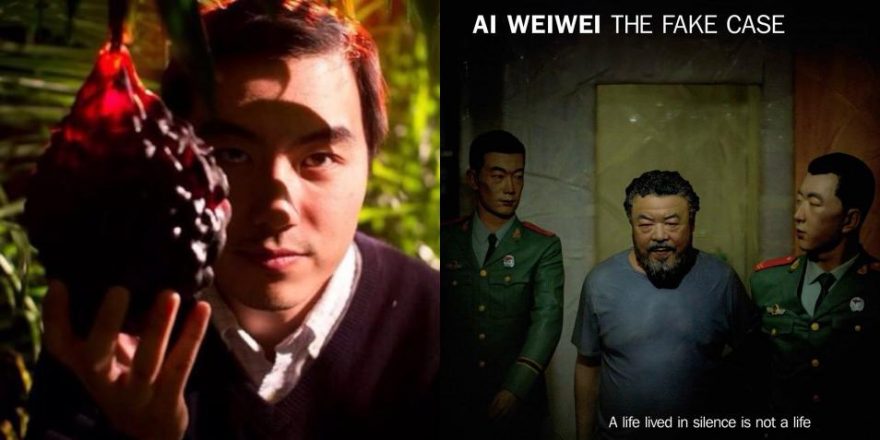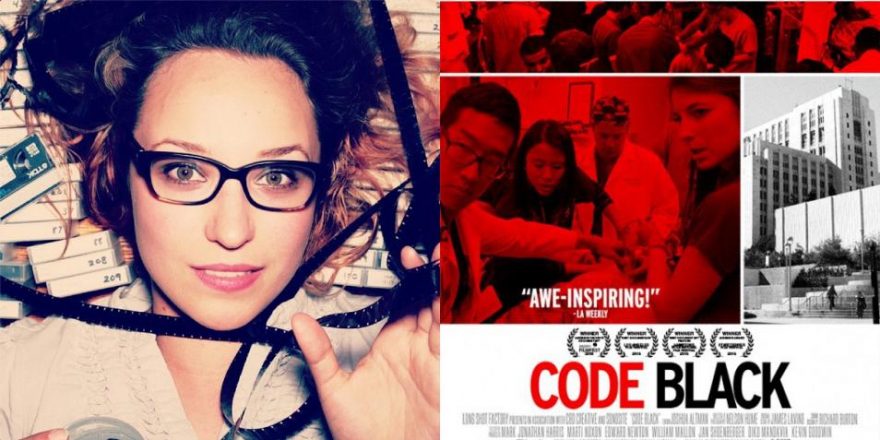The psychologist James Hillman writes about our attraction to biographies in his book The Soul’s Code: In Search of Character and Calling. He says they fascinate us because, by viewing a life backwards, we can see how each of us is born with an innate image (“spirit,” “soul” or “genius”) that calls us to our destiny. This is true of everyone, but the biography of an accomplished person will give us the clearest example of how it works.
Hillman’s book came to mind as I watched Roger Ebert’s life unfold in Steve James’ documentary on the late, legendary film critic. In Life Itself, the most recent scenes are intercut with the story of his past. We learn, among many things, of his precocious fascination with journalism, his Pulitzer Prize for Criticism (the first awarded to a film critic), his struggles with alcoholism, and his love/hate relationship with his TV co-presenter, Gene Siskel. We can see from the earliest moments of Ebert’s story the potential for the influential cultural voice that he would become. Yet as the film moves to its conclusion, it becomes clear that, in the end, Roger Ebert was also a remarkable teacher.
I caught a glimpse of the teacher in him when, in my teens, I watched him on Sneak Previews. I learned so much about how to really “see” a movie, even before film school. You could say Roger was my first film professor! I was also lucky to have him write about several of my films. I’d be thrilled when he’d point out the subtlest things in his reviews. A few times, he noticed a moment or an idea that I didn’t know was there (!) – a fun and unnerving thing for a director. As a reader, I enjoyed when he’d make connections between the movies and his personal experience, while never losing sight of his role as critic; he was both teacher and student.
I saw this firsthand when I met Roger in 1993 at the Toronto International Film Festival after a screening of Household Saints, a family saga about a young woman (played by Lili Taylor) who wants to be a saint. While the focus of the meeting was to discuss the film, Roger was also eager to compare notes on our Catholic childhoods. The movie had spoken to his experience as a ’50s Midwestern Irish Catholic, drilled in the Baltimore Catechism. I was at the other end of the spectrum – a Bronx-born Argentine-Italian-American Catholic. (I had a year with Liberation Theology nuns in Argentina in the ’70s that shook me to my core.) We also learned we were both avid readers of Mad magazine. Somehow, parody and snarky humor had fueled our passion for films. Go figure.
A love of teaching and a hunger for learning are themes that run through Roger’s many roles in life. As editor of his college newspaper, he wrote a passionate article on the racist murders of the four young girls in Birmingham, Alabama, challenging his readership to consider their own prejudices. Later, in one of his first critiques for the Chicago Sun-Times, he made the insightful pronouncement about Arthur Penn’s 1967 film, Bonnie and Clyde: “The fact that the story is set 35 years ago doesn’t mean a thing. It had to be set sometime. But it was made now and it’s about us.” It helped define the counterculture youth movement that exploded that year. As a TV personality, he, along with Siskel, championed independent films, offering the show’s viewers an alternative to mainstream studio fare. Life Itself shows that even when, later in life, at age 50, he became a husband and family man, Roger traveled with an extended family of children and grandchildren. Talking to a home movie camera, he tells of taking early morning walks with his young grandson before anyone else had woken up. We can only imagine the conversations between them.
What emerges is a pattern, Ebert moved through life engaging people to look at something he found worthy, important or fascinating. His intense curiosity was contagious and influenced so many different kinds of people he came in contact with – from Werner Herzog (who calls him a “soldier of cinema”) to his young granddaughter who movingly recalls the movies and books he shared with her. Roger was an intellectual who spoke plainly and with great heart.
The section that tells the end of Roger’s story in Life Itself is the most challenging and illuminating part of the film – and we see that it was Roger’s doing. He wanted – insisted, actually – that Steve James film his daily struggles with the disease that had taken away two big joys of his life: the ability to speak and to eat. Roger was 70 when shooting began and he’d already been battling thyroid cancer for 11 years. It left him speaking with a computerized voice system and consuming liquid meals through tubes. These later scenes show a daily routine that was comprised of recurring hospital visits and Ebert’s attempts to learn to walk again after cancer caused a hip fracture. There’s even a scene with tube suctioning; Ebert wrote an email to director James, pleased that this was probably a first on film. Moments of his battle with cancer are painful to watch but they are balanced by the joy of seeing Roger engaged in his love of writing, films, music and, most movingly, his interaction with loved ones. In these moments, we are privileged to meet the vital person in Roger’s life: Chaz Hammelsmith Ebert, his wife. The interaction between them is unflinchingly honest in its portrayal of a marriage rocked by a brutal terminal illness. It is also one of the most beautiful love stories I’ve seen, on or off screen.
Roger Ebert died unexpectedly in April 2013, and Life Itself was shot during what were to be the last four months of Ebert’s life. I know it’s hindsight, but you can feel urgency in his desire to have us really see him as he was in his final days. He often checks in on the camera, a non-verbal communication that says to the film’s director, “Are you getting this, Steve?” He is also talking to us, his audience – his students. “Are you getting this?” Yes, we are.
So much so, that I’m not sure how I can describe this movie. Is it the story of Ebert’s prodigious accomplishments as a lover of film, politics and culture? A behind-the-scenes, warts-and-all look at Siskel and Ebert? A story of disability and resilience? A portrait of the fierce and loving marriage of Roger and Chaz? Or a lesson on the duality of life that offers us both hell and paradise?
I’d have to say yes to all of these, because there’s so much to learn in Life Itself. And we have an outstanding teacher in Roger Ebert.
Thank you so much, Roger.


